This is the first time a British warship has conducted a ‘Replenishment at Sea’ with a U.S. Navy amphibious assault ship.
HMS Defender is currently operatign as part of HMS Queen Elizabth’s Carrier Strike Group. The Type 45 Destroyer tweeted the following:
A RAS with a difference!
We received fuel from #USSAMERICA in the Philippine Sea⛽️
This is the 1st time a British warship has conducted a RAS with a @USNavy amphibious assault ship 🇬🇧🇺🇸🥇@EXSTRGRU7 @31stMeu @USMC #CSG21 #WeAreNATO pic.twitter.com/eEisR9pMOz
— HMS Defender (@HMSDefender) August 20, 2021
A ‘Replenishment at Sea’ is a method of transferring fuel, munitions, and stores from one ship to another while under way.
What is the UK Carrier Strike Group doing?
HMS Queen Elizabeth is the deployed flag ship for Carrier Strike Group 21 (CSG21), a deployment that will see the ship and her escorts sail to the Asia-Pacific and back.
The Carrier Strike Group includes ships from the United States Navy, the Dutch Navy, and Marines from the US Marine Corps as well as air assets from 617 Sqn, 820 NAS, 815 NAS and 845 NAS.

The Royal Navy say that the UK’s Carrier Strike Group will visit more than one fifth of the world’s nations. Led by HMS Queen Elizabeth, the task group will visit 40 nations including India, Japan, Republic of Korea and Singapore in a deployment covering 26,000 nautical miles.
“While in the Pacific, ships from the Carrier Strike Group will mark the 50th anniversary of the Five Powers Defence Agreement between Malaysia, Singapore, Australia, New Zealand and the UK by taking part in Exercise Bersama Lima. Joining HMS Queen Elizabeth on her maiden deployment are destroyers HMS Diamond and Defender; frigates HMS Richmond and Kent; an Astute-class submarine in support below the waves; and Royal Fleet Auxiliary support ships RFA Fort Victoria and RFA Tidespring.
More than 30 aircraft will also embark across the task group including F-35 jets from 617 Squadron, the Dambusters, and the US Marine Corps’ VMFA-211; Wildcat helicopters from 815 Naval Air Squadron and Merlin helicopters from 820 and 845 Naval Air Squadrons. Royal Marines from 42 Commando will also deploy with the carrier. Dutch frigate HNLMS Evertsen and American Arleigh Burke destroyer USS The Sullivans are also part of the strike group.”

Currently however, HMS Diamond isn’t with the group after suffering a defect. You can read more about that here. HMS Queen Elizabeth and her Carrier Strike Group will also undertake anti-submarine exercises whilst in the Pacific region.


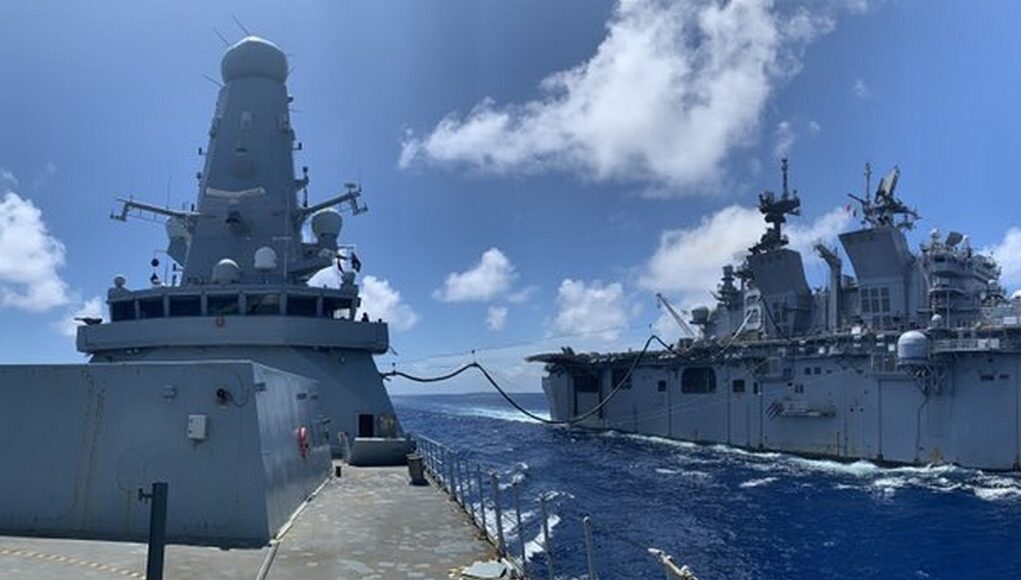
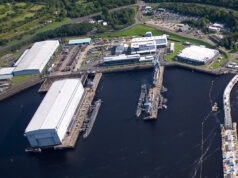
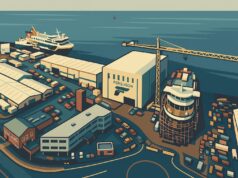
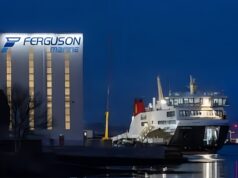
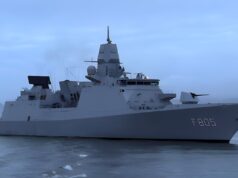
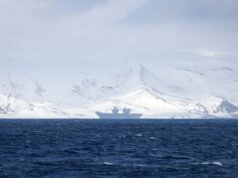
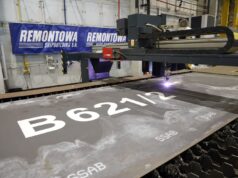
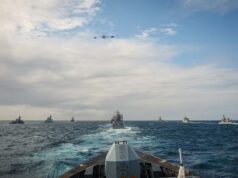


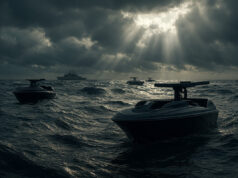

Do our carriers have the same capability? I presume all large ships can donate fuel to others but don’t have booms etc.
HMS Albion (R07) regularly passed fuel to other RN/NATO ships 70-72.
Not sure about QE class but I know the Invincible’s could provide fuel, there was a small crane just fwd of the main superstructure which would hoist the fuel hose into position, provided limited amounts of fuel to escort ships.
Is there a sitrep on HMS Diamond?
Back in the 1960’s HMS Centaur did it on a regular basis, so I suspect other carriers supported their escorts as well
Flipping matelots! https://www.postguam.com/news/local/2-sailors-on-british-carrier-strike-group-charged-on-guam/article_2053f192-fb42-11eb-91b6-430fa475bf93.html
I guess what happens in Guam doesn’t stay in Guam?
Didn’t know carriers had this ability to pass fuel over .
Pretty much any vessel can pass fuel to another using an astern refueling rig. That is the easiest method and is the fuel transfer method used for fueling STUFT vessels because its easy to fit
Doing it as an “alongside” jackstay RAS is more complex as you require a lot of hoses, dedicated jack stay winches, strong points/high points and usually a crane.
it also depends on the connection method be it Probe or NATO QRC.
Now that’s what I call showing the flag!!
Congratulations to your relationship for a take care of peace in the world